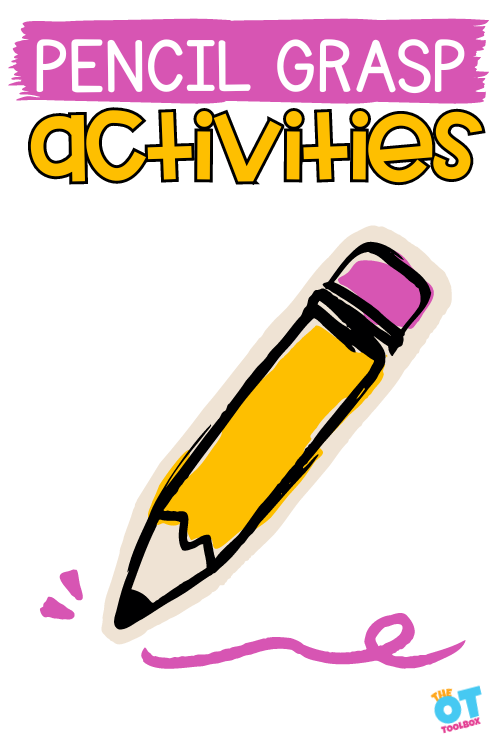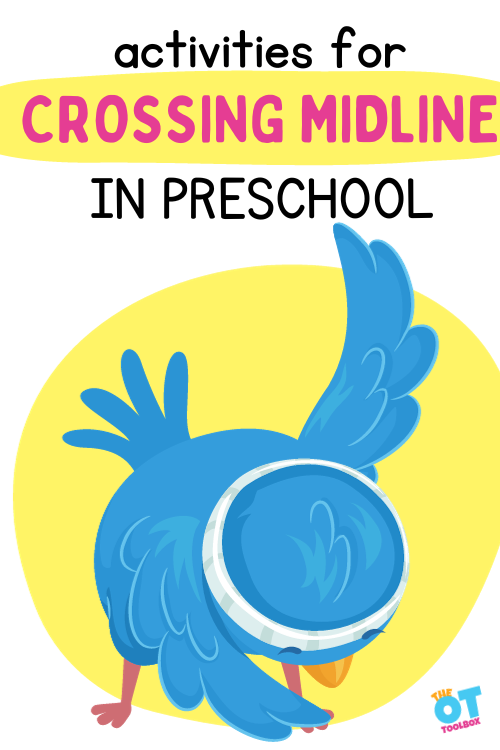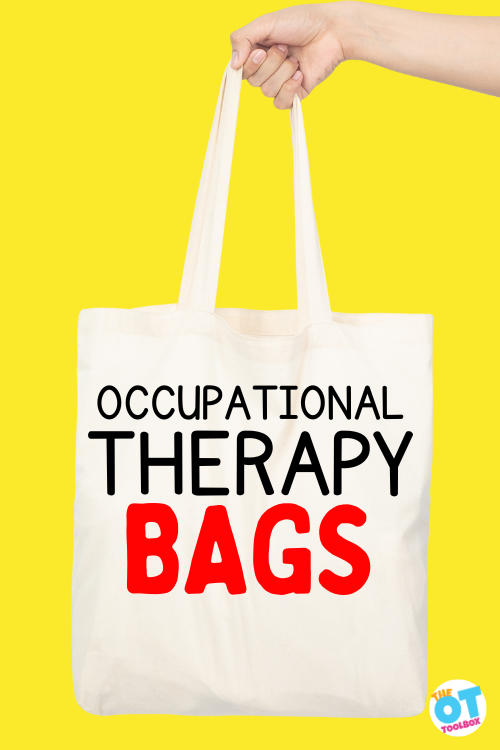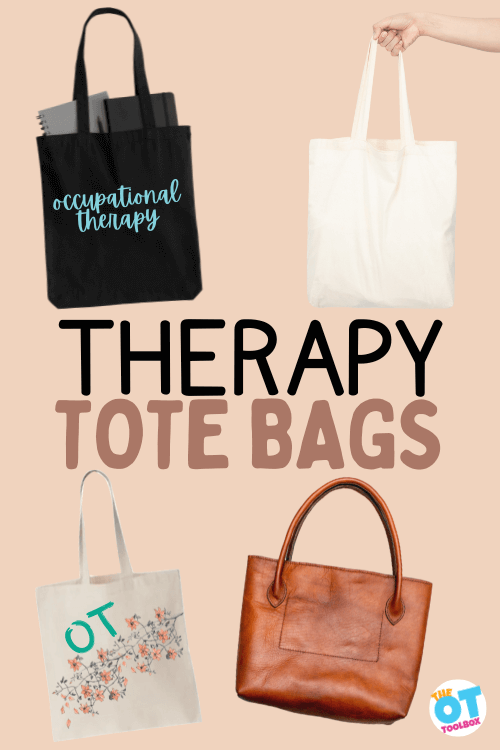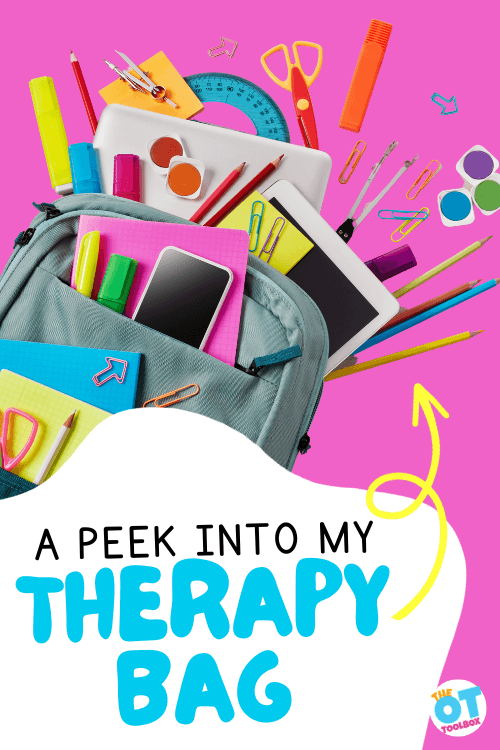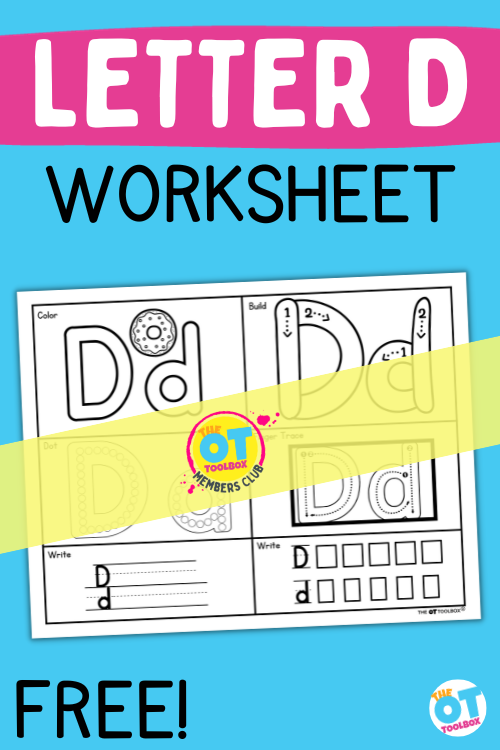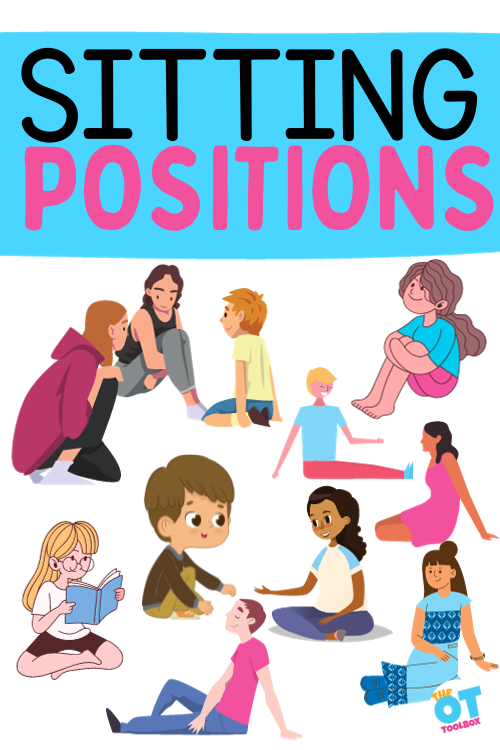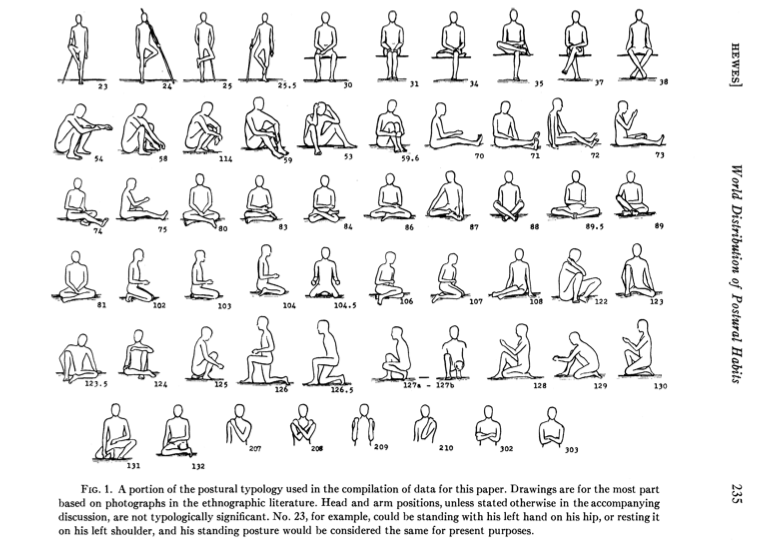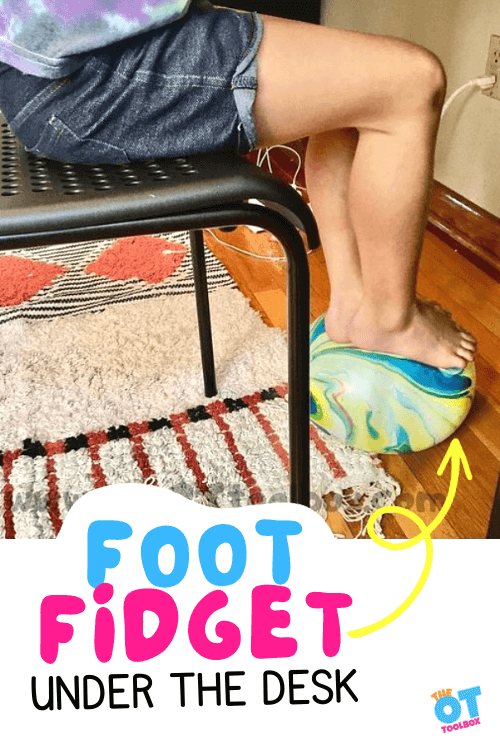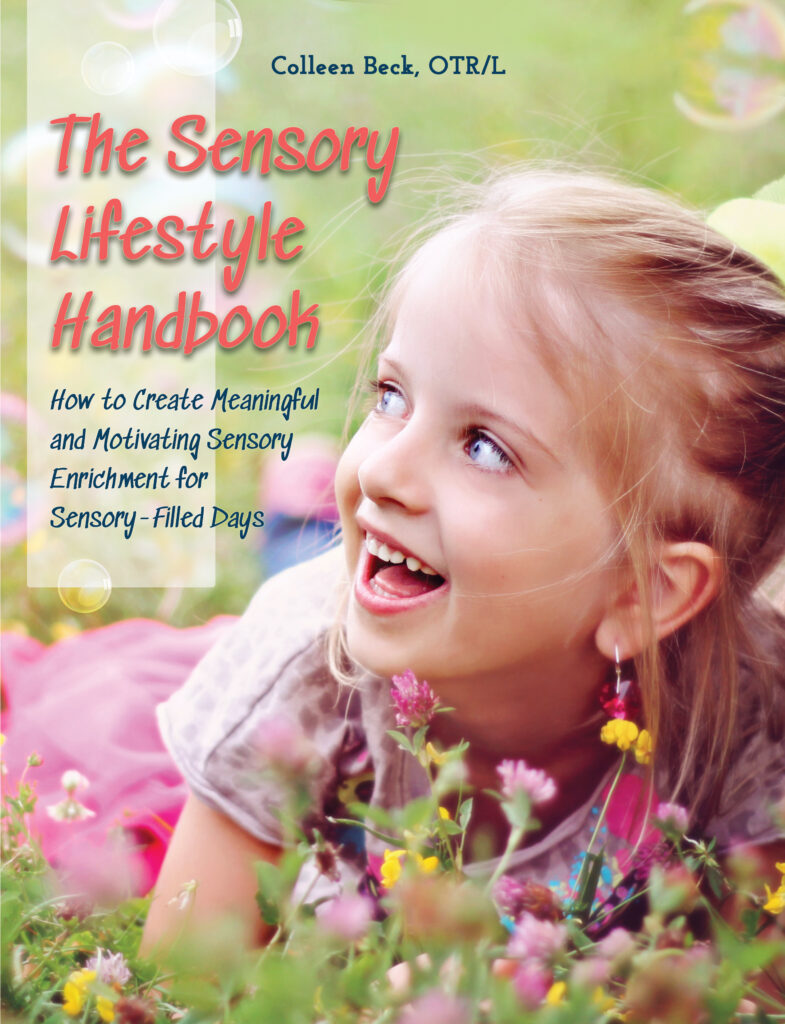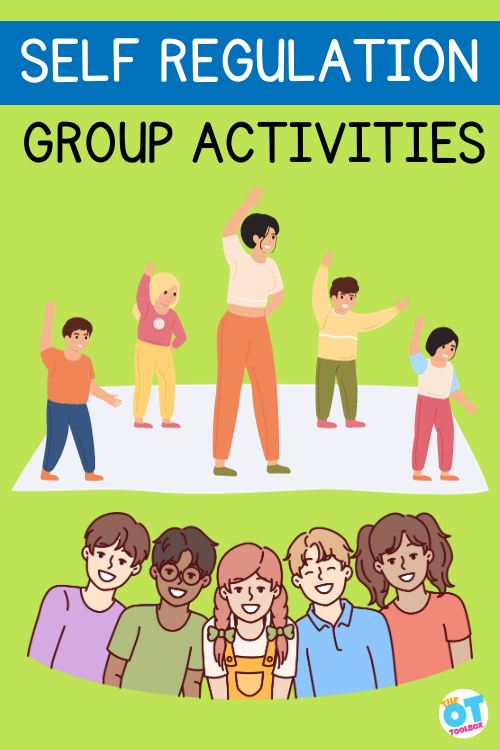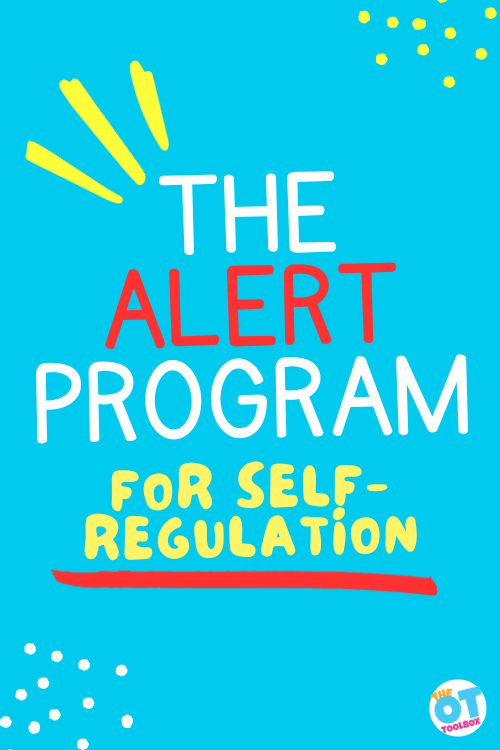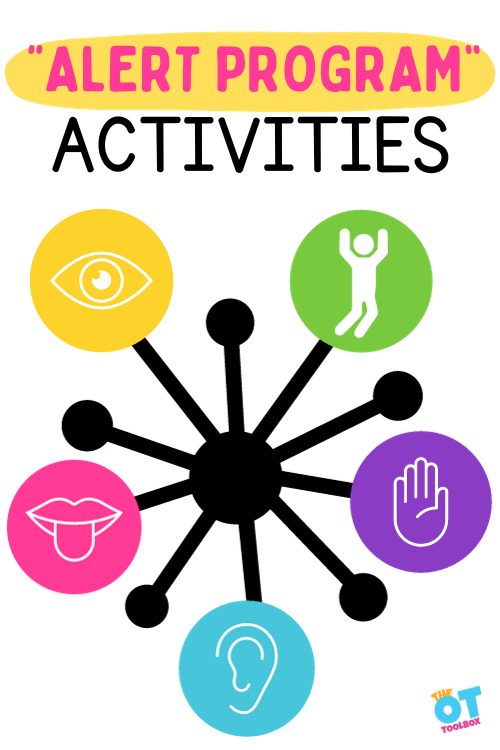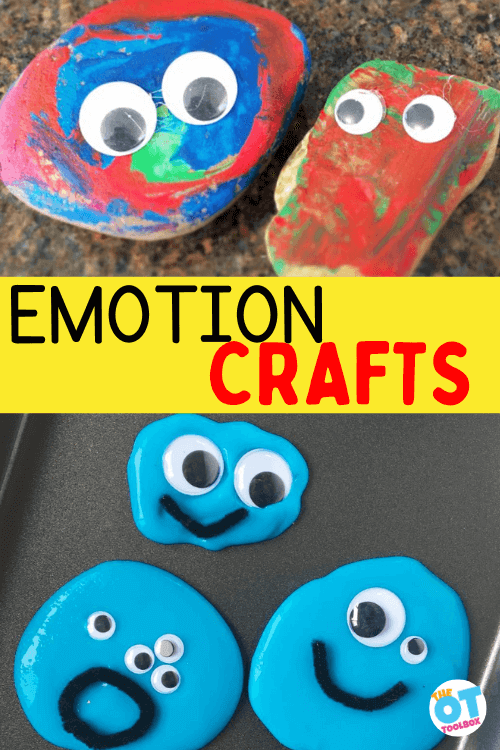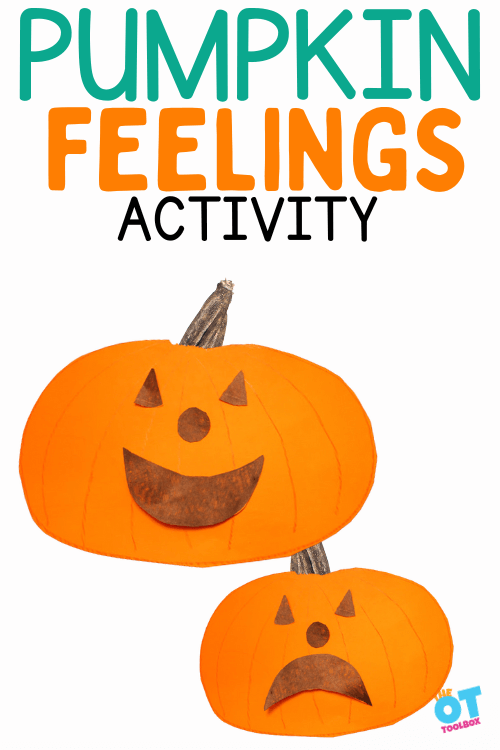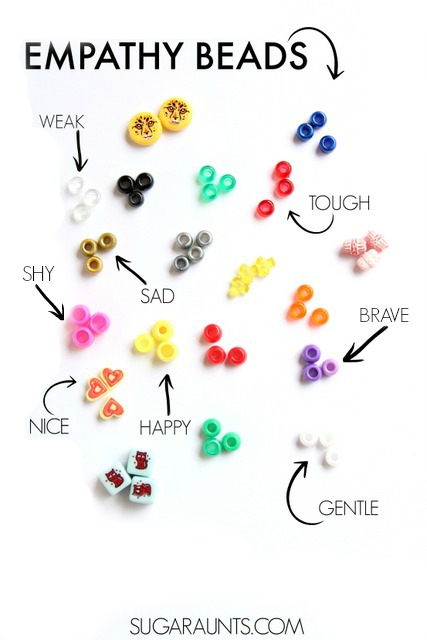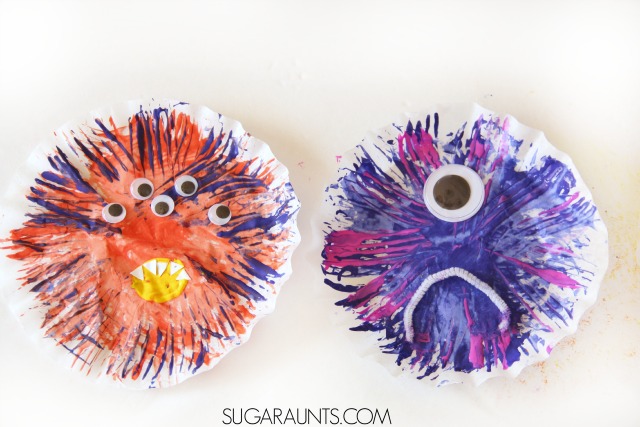Looking for fun ways to teach handwriting, then these handwriting games are your go-to activities to make letter formation fun and engaging! If you have ever worked with a student, you already understand how challenging working on handwriting can be. You also know how important handwriting is to academic and life success. Legible handwriting can mean the difference between a passing and failing grade. Learners of all ages that struggle with handwriting problems do not respond well to tasks that seem like work. Even the mention of work, sends a wail of protests.
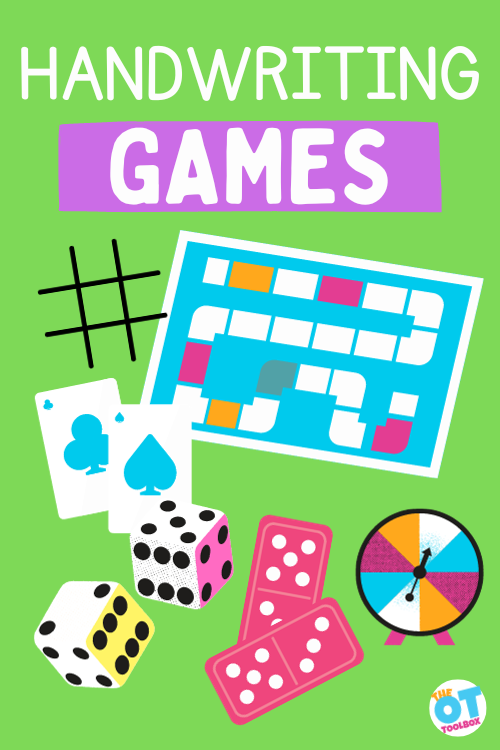
Lets get to the games to work on letter writing!
Handwriting Games
Activities like the Handwriting Games highlighted below, seem less like work than handwriting worksheets.
Before getting started, a word or two about letter formation…
Before jumping into handwriting games, it is important to understand the basics of handwriting and letter formation. The OT Toolbox has several resources to help you better understand letter formation and written expression.
Included in this post is a list over over 40 handwriting games and other activities. Here is a master page containing several resources for handwriting.
One of the benefits of using handwriting games to teach the components of handwriting is that the gamification is a play-based tool for teaching an important, and functional skill. Some of the ways to target overall legibility in a game is to focus on the components that make up writing skills:
- letter formation
- line awareness
- letter size
- letter spacing
- number formation
- cursive letter formation
You can target one or more of these areas using games!
Why are young learners so reluctant to do visual motor tasks such as writing, coloring, and cutting?
- Learners respond better to activities that mean something. Rote math problems, writing sentences, or coloring endless shapes are often meaningless. A task that involves a game often holds more meaning than standard worksheets.
- These tasks are difficult. It is difficult to keep finding motivation to do something hard.
- Most of the learners we work with are not good at these tasks, that is why they are getting therapy or other help. Again it is difficult to stay motivated doing activities you are not good at.
- Visual motor tasks such as writing, coloring, and cutting, are not predictable. Puzzles are more straightforward. There is only one way a puzzle can go together. It is difficult for a new learner to make exactly the correct strokes on paper, cut on the lines, or glue items in the correct position. Despite the correct amount of effort, sometimes the eyes/hands/body have different plans.
- It is hard to want to keep trying when failure happens more than success.
what is a Handwriting game?
As occupational therapy providers, we love to provide meaningful and motivating activities to foster function…and games are one way to do that!
When I think of the word “game” I picture a competition between several people. There is a winner and loser. This in itself may pose a challenge to your stressed out learner.
The dictionary defines games as: a form of play or sport, especially a competitive one played according to rules and decided by skill, strength, or luck.
Games, however, can be “a structured form of play, usually undertaken for entertainment or fun, and sometimes used as an educational tool.
Games are sometimes played purely for enjoyment, sometimes for achievement or reward as well. They can be played alone, in teams, or online; by amateurs or by professionals.
Key components of games are:
- Goals
- Rules
- Challenges
- Interaction
These components are great tools for social interaction, functional performance, and achieving goals like learning letter formation, right??
Games generally involve mental or physical stimulation, and often both. Many games help develop practical skills, serve as a form of exercise, or otherwise perform an educational, simulational, or psychological role.” Wikipedia.
choosing handwriting games
When choosing handwriting games, look at your audience before deciding if you are going to make a competition, educational tool, fun activity, or reward challenge.
Some handwriting games are great activities to work on the components of writing skills, but are more of an educational tool than a competition or purely fun game.
These letter formation games might be something like:
- roll a dice and write a word that has that number of letters
- roll a dice and count the dots. Write that letter of the alphabet
On the other hand, there are other board games that can be adapted to include a letter formation component. These include Zingo, Boggle, Jenga, Candyland, Scattergories, Connect 4, Guess Who, or Battleship. These games can be done competitively, or as a single participant, depending on your students.
Pencil and Paper Handwriting Games
Other handwriting games simply use paper and pencil but have a fun gaming component. Some ideas include:
- Play tic tac toe and use letters instead of the Xs and Os.
- Play the dot game and place letters inside of the completed squares.
- Word search races- Use a word search to race to find all of the letters of the alphabet. Then write the alphabet when you’ve found them all.
- Play guessing games using ghost writing.
- Play Letter Bingo. Create Bingo cards with letters instead of numbers. Call out letters, and players mark the corresponding letters on their cards. The first to complete a row or column shouts “Bingo!” Then, write all of the letters on the card to practice letter formation skills.
- Play Letter Dominoes. Make your own set of letter dominoes by writing letters on index cards. Players take turns matching letters on the dominoes, forming a chain. When you’ve matched a letter, the child can practice writing the letters. Make this more complex by using words, like color words, seasonal words, etc.
- Play Alphabet Memory. Create a set of letter pairs (e.g., uppercase and lowercase) on index cards. Place them face down, and players take turns flipping two cards to find matching pairs. When you’ve found a match, write the word onto paper.
- Go on a Letter Scavenger Hunt. Write uppercase and lowercase letters on sticky notes and hide them around the house. Children search for the letters and then write them down when found.
- Play Letter Charades. Write different letters on small pieces of paper and put them in a hat. One player picks a letter and acts out words that start with that letter while others guess. When a word is guessed, everyone has to write the word.
- Play Alphabet Hopscotch. Draw a hopscotch grid with letters instead of numbers. Players toss a marker onto a letter and hop through the grid while naming the letters they land on. Then, they can write the letter and think of a word that starts with that letter. They can write it on paper, focusing on letter accuracy and line use.
letter recognition games
This post on Letter Recognition Games is a great way to introduce letters in a fun setting.
Letter recognition is often a precursor to letter formation. Knowing what you are writing is just as important as how to do it.
The author suggests games such as:
- Beanbag Toss – Affix upper and lowercase letter stickers to one side of each bean bag. Put a basket or bucket across from your child. As your child throws the bean bags into the bucket, ask them to name the letters and their sounds of the letters. Students can run around looking for matching letters scattered around the room.
- I Spy Letter Walk –Take a walk with your child and look for letters in their environment such as on license plates, street signs and building. Play, I Spy, searching for different letters, or letters in sequential order. The printable tools in the Letter Fine Motor Kit are a great resource for this activity.
- Gross motor activities- Use a letter floor mat to jump on a specific letter. Ask the child to find a letter magnet and place it on the letter mat.
- Letter recognition scavenger hunts- Use ideas like these letter clothes pins scavenger hunt for ideas.
- Letter Sensory Bins – sensory bins are a staple activity for sensory play. Hide plastic letters in your sensory bin and ask students to find certain letters. They can find and name the letters, search for matching letters, find letters in alphabetical order, or look for a specific letter to spell a word.
letter formation games
Sometimes a store bought game is the easiest and most motivating way to work with students. Amazon for example, has some great ideas. (Amazon affiliate link- As an Amazon Associate I earn from qualifying purchases.) Believe it or not, some school districts frown upon home made items, citing they are not regulated, and not consistent for data collection.
You can of course purchase these anywhere, the following are just examples and ideas.
If your students need to develop fine motor dexterity along with writing letters, this post has some great games you can buy. Adjust these games to include writing or copying letters to make them more of Letter Formation Games. Bedbugs, Fruit Avalanche, Wok and Roll, Operation, and the Sneaky Squirrel Game are just a few of the examples cited.
- Alphabet Bingo (Amazon affiliate link-commissions earned) – Recognize and identify the letters of the alphabet. A fun way to help your child practice and gain fluency with alphabet letters while making it engaging and keep them excited to learn. Multiple ways to play; Uppercase Bingo, Lowercase Bingo or Upper & Lowercase Bingo.
- OSMO Letter Formation Sticks (Amazon affiliate link-commissions earned)- for those of you who use the iPad as a therapeutic tool, OSMO is a great add on to work on skills. Children interact with actual hand held pieces & an iPad or Fire Tablet, bringing a child’s game pieces & actions to life. Build & create letters & designs with squishy, colorful sticks & rings, then watch them come alive! Playful practice for preschoolers/pre-readers. Learn letter formation, phonics, & more than 300 words
- PlayShifu (Amazon affiliate link-commissions earned) is another iPad based company with handheld manipulatives. PLUGO LETTERS is an AR-powered word building game kit that combines the goodness of hands-on learning and healthy screen-time. Spell with alphabet tiles, grow your vocabulary, and improve grammar with story-based games.
- Kizh Wooden Letter and Number Construction Activity Set (Amazon affiliate link-commissions earned)- This set of different shaped wooden pieces can be placed on the special pegboard to form letters. Similar to the wooden pieces in Handwriting without Tears, but with colorful letters and a puzzle feel to it.
- Learning Resources Alphabet Island (Amazon affiliate link-commissions earned) has some great educational games. This is often my “go to” when purchasing items to use in therapy.
- Alphabet Go Fish (Amazon affiliate link-commissions earned)- a fun twist on the classic card game Go Fish
- Scrabble Junior (Amazon affiliate link-commissions earned)- a great letter matching game
- Check out these Ten Ways to Teach Letter Formation – this post includes ideas for sensory play, gross motor activities, hands on letter formation and more
- What about multisensory letter formation using items found around the house? Kids can write in sand, shaving cream, pudding, with playdough, wikki stix, slime or slime. They can use manipulatives such as; chenille stems, buttons, pegboards, toothpicks, cotton swabs, play dough, and more to create letters
- iPad writing apps – here is a list of several great iPad apps OTs often use to enhance learning.
Other games for handwriting
Whether your “go to” is iPad based games, home made activities, or store bought board games, there is an overwhelming amount of resources out there to help you motivate your learners to get excited about letters. While worksheets and printables definitely have their place in therapeutic learning, adding fun games can really spice up your therapy sessions!
You can also modify the games you’ve already got and use the game pieces to work on handwriting skills. Try these ideas:
- Use a game spinner to spin and write a letter.
- Write letters on playing cards and use them to spell words or play card games. When you pull a card, practice that letter.
- Use a game board and add letter stickers to the spaces. When a player lands on a letter, they can write the letter or write a word that starts with that letter.
- Roll dice and write letters based on the number rolled.
Other ideas include using LEGO blocks to make letters, forming letters with Geoboards, making Yoga Letters, and more. All of these activity cards are found inside the Letters Fine Motor Kit.
You can also access the Letters Fine Motor Kit inside The OT Toolbox Membership Club.

Victoria Wood, OTR/L is a contributor to The OT Toolbox and has been providing Occupational Therapy treatment in pediatrics for more than 25 years. She has practiced in hospital settings (inpatient, outpatient, NICU, PICU), school systems, and outpatient clinics in several states. She has treated hundreds of children with various sensory processing dysfunction in the areas of behavior, gross/fine motor skills, social skills and self-care. Ms. Wood has also been a featured speaker at seminars, webinars, and school staff development training. She is the author of Seeing your Home and Community with Sensory Eyes.

